Why Journalism Matters --Spotlight
We wanted to be upbeat this time, celebrating RSF's highly successful photo albums. But while compiling this edition, two journalists died because of their commitment to investigating the truth
Five minute read
Legendary photographer David Bailey supports press freedom with celebrity images that defined an era

——-
“Reporters Without Borders has compiled a collection of images which, both individually and as a whole, carry a strong message. These images remind us of the difficulties that many journalists continue to encounter in many parts of the world, and of the importance of organisations like Reporters Without Borders. ”
—-Kofi A. Annan, 7th Secretary General of the United Nations, 100 Cartooning for Peace Photos for press freedom, December 2013
As WJM readers know we support and champion the work of Reporters sans Frontieres, the Paris based NGO which monitors, campaigns for press freedom around the world.
RSF also works in difficult and dangerous circumstances to help rescue journalists who are jeopardised by either the locations where they work or by what they report. It also campaigns tirelessly to help free the many hundreds of journalists imprisoned just for doing their jobs and works to bring to justice those who have murdered reporters to keep them from revealing the truth about criminal activity or corruption. (Scroll down to our story below.)
Fund raising
Like investigative journalism itself, all of this activism costs money; as with many NGOs fund raising takes up a lot of time and energy.
But RSF has developed a unique and successful way of raising money, carried out with characteristic Gallic flare. (Because the organisation is often better known under its English sobriquet, Reporters Without Borders, it is often forgotten that, although it maintains a resolutely international focus, RSF remains a French organisation with a distinctive way of approaching its mission and getting its message across.
This is nowhere more evident than in RSF’s tri-annual publication of their photo albums (subtitled ‘100 photos pour la liberte de la presse’). In contrast to what is often reported in the world news, these albums offer a showcase of images that are often inspiring, poignant and simply beautiful.
France’s best seller
Since RSF started publishing the photo albums in 1992 (we are now on issue 67) they have risen to become the best selling photography magazine in France, printing more than 360,000 copies annually.
The albums and the related advertising revenue account for more than 30% of the NGO’s revenue.
The albums’ success is attributed to the quality of photographs (including reproduction and printing);the accessible price of 9,90 Euros (less than $12 USD); and the commitment to supporting journalism and press freedom.
The albums range across a diverse and eclectic array of subjects, sometimes exploring different themes: like an homage to the greats of jazz or focusing on how women are changing India. One issue focussed on the fantastic photographs taken by French astronaut Thomas Pesquet during his stay on the International Space Station.
Single photographers
More often they are devoted to the work of a single photographer: the dramatic people scapes of Brazil’s Sebastiao Salgado, or the eyewitness-to- history images represented in the work of the legendary American war photographer Robert Capa.
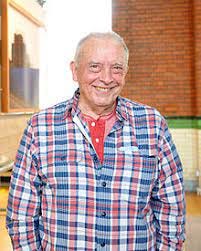
Such is the case with the latest issue published at the beginning of July: iconic British fashion and celebrity photographer David Bailey is in the spotlight. Bailey sprang to prominence by revolutionising the art of portraiture and fashion photography in the 1960s.
This album—all in B&W-- features some of the most memorable celebrity portraits taken in the past 60 years, starting in Swinging London when Bailey rocketed to fame along with the people in front of his lense.
Bailey was the inspiration for the fashion photographer in the quintessential sixties film Blowup directed by Michaelangelo Antonioni.

The pictures in this album--exquisitely reproduced under the direction of Editor-in-Chief Perrine Daubas and her team-- feature everyone from Queen Elizabeth to the Beatles (including a momentous portrait of John and Yoko). The Rolling Stones feature prominently with a 1964 portrait of Mick Jagger encircled in fur on the cover.
Distinctive portraits
There are also distinctive portraits of his fellow photographers: Man Ray, Henri Cartier Bresson, Jean Henri Latigue and Annie Liebowitz.
And that’s before we even begin to mention the models and actors like Jean Shrimpton, Jerry Hall, Johnny Depp and Catherine Deneuve (married to Bailey for seven years). In fact, it’s probably easier to list those celebrities who are absent than present in this volume.
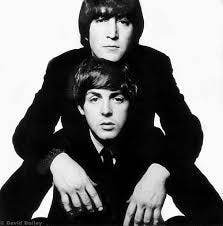
The photos on display here also show the wit and creativity of Bailey. His bad boy image and controversial liaisons with characters like the Kray brothers made him notorious as well as celebrated.
Exclusive interiew
There are written contributions from Catherine Bailey, his current wife who has managed to stay married to the famously difficult Bailey for 30+ years. And Bailey reveals his whimsical attitude to fame, photography and life in general in an exclusive interview with French journalist Philippe Manoeuvre.
Bailey has won many awards and received a CBE in recognition of his work. Not bad for a poor boy from London’s East end with no formal training and who did poorly in school because he suffered from both dyslexia and dyspraxia!
This album and past issues can be ordered on the RSF website, and the organisation has recently begun a subscription offer which allows you to order two years in advance.
Although primarily aimed at the French-speaking audience, the photographs speak for themselves and the design and production values of each edition are impressive in their own right.
There’s certainly no better way to support press freedom and journalism around the world while embracing your inner Francophile. (See the link below.)
———
Whenever we stop hearing the clicking of cameras on the lookout for the thousand faces, kind, grotesque or terrible, of the reality of the world, this silence will announce the death of freedom."
—Jorge Semprun, Spanish writer, screenwriter and politician, 100 Photos of Raymond Depardon for Freedom of the Press, 1997
————
Two minute read
The ordeal of a leading Algerian journalist jailed for daring to report on protests in support of democracy
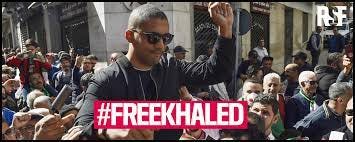
In the same issue of the latest RSF photo album, leading Algerian journalist KHALED DRARENI tells the story of his recent imprisonment –and provisional release earlier this year— after serving 11 months of a two-year sentence relating to his coverage of pro-democracy protests in the country.
Drareni, a well known and well respected journalist recounts how he began to realise how difficult his struggle to report on unrest in the country would be, and how over time he became correspondent for both the French TV network TV Monde 5 and Reporters sans Frontieres.
“Algeria has become a territory hostile to journalism,” he writes. “It is one of those rare countries where taking a photograph cannot be taken for granted as a matter of course. In a museum, on the beach, in the street if you take out a camera you can be certain that a policeman will appear out of nowhere and demand an authorisation…
“A journalist is not there to serve the state. We are responsible to those who listen to us, watch us and read us.”
Reference link
‘On bended knee is no way to be free’
Two leading journalists die within a day of each other. One a veteran investigative reporter in Holland and the other a Pulitzer-prize winning photo journalist in Afghanistan.
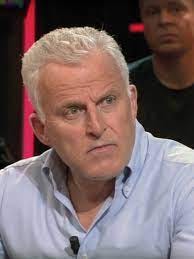
Tragically, it is not necessary to wait very long to hear news about how dangerous life is for reporters working anywhere in the world.
Government officials, and ordinary citizens have expressed their shock at the murder of Dutch journalist Peter R. de Vries. The 64-year-old investigative reporter, a household name in Holland, was shot several times outside the TV studio in Amsterdam where he worked on July 6, and died nine days later.
In a statement made through the Dutch broadcaster RTL the family expressed both their grief and their pride in his decades long career.
"Peter fought to the end, but was unable to win the battle. He died surrounded by the people who loved him. Peter has lived by his conviction: 'On bended knee is no way to be free'.
‘Dedicated, tenacious’
The Dutch prime minister Mark Rutte said the killing ‘as almost impossible to comprehend’. He described De Vries as “dedicated, tenacious, afraid of nothing and no one. Always seeking the truth and standing up for justice.”
European Commission president Ursula von der Leyen, echoed those sentiments: “Deeply saddened by the news of Peter R de Vries’ passing. Investigative journalists are vital to our democracies. We must do everything we can to protect them.”
But, in a statement, Reporters without Borders (RSF) makes it clear they feel that Europe is ‘failing to protect its journalists’.
RSF Secretray General Christophe Deloire described the killing as “a new episode in a dark series in Europe… Organised crime represents a major threat to journalism in the EU.”
A number killed
A number of investigative and crime reporters have been killed in the EU since 2017.
The most recent was Giorgos Karaivaz, a crime reporter for the Star TV channel in Greece. In April he was hit by at least six shots from a 9mm pistol fired from the seat of a motorbike outside his home in Athens.
De Vries had his own TV programme for 17 years , pursuing cold cases and working with families who had suffered as victims, pursuing unsolved cases and miscarriages of justice.
Two suspects were arrested soon after the shooting, one Dutch and one Polish national. It’s reported that the suspected killer is connected to the nephew of one of the henchman of Riduan Taghi, considered to be Holland’s most wanted criminal.
Press reports say De Vries has been acting for the past year as an ‘adviser and confidant’ to the key prosecution witness against Taghi.
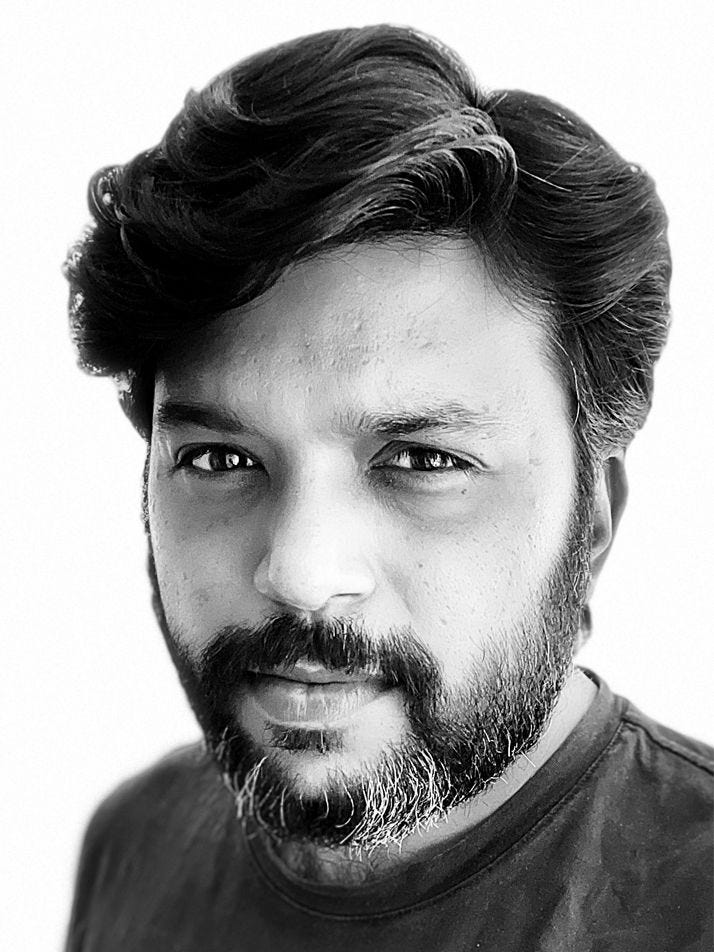
Meanwhile in Afghanistan a Pulitzer-prise winning photojournalist been killed while covering fighting between the Taliban and Afghan forces in the southern part of the country. Danish Siddiqui, 41, worked for the Reuters news agency..
33 journalists killed
According to a United Nations report 33 journalists have been killed in Afghanistan between 2018 and 2021.
Siddiqui was Reuters chief photographer for India, and part of the team that won the 2018 Pulitzer prize for feature photography for their coverage of the Rohingya refugee crisis. His photographs have appeared in leading newspapers all over the world —from Le Monde to the New York Times.
Reference
RSF report on Peter R. de Vries
We’ve made a few visual changes this time to make WJM easier on the eye. Let us know what you think abut these or anything else. We promise some more positive news next time! greatjournalismwjm@gmail.com



